
International critics ranked him among the world's ten best dancers as early as 1974.Continue reading
The western Hungarian city of Győr will once again be dominated by dance this year from June 13 to 19. With the Győr Ballet’s production of Róbert Hrutka-Jamie Winchester, the 17th Hungarian Dance Festival starts this week in Győr, which also includes the 7th Children’s Dance Festival, and this year, for the first time, the Győr Ballet MiniFestival. The audience interested in culture can enjoy the diverse program at four main venues in the city. After the opening production on June 13, many famous ensembles of the Hungarian dance scene will perform here. One can see, among others, the production of the Frenák Pál Society, the Budapest Dance Theater, the performance of the Duna Art Ensemble, also that of the Inversedance – Fodor Zoltán Society, the dance performance of the Győr Specialized High School of Dance and Fine Arts, the Hungarian National Ballet, as well as many other interesting dance performances. This article was written by Judit Szlovák.
This article was originally published on our sister-site, Ungarn Heute.
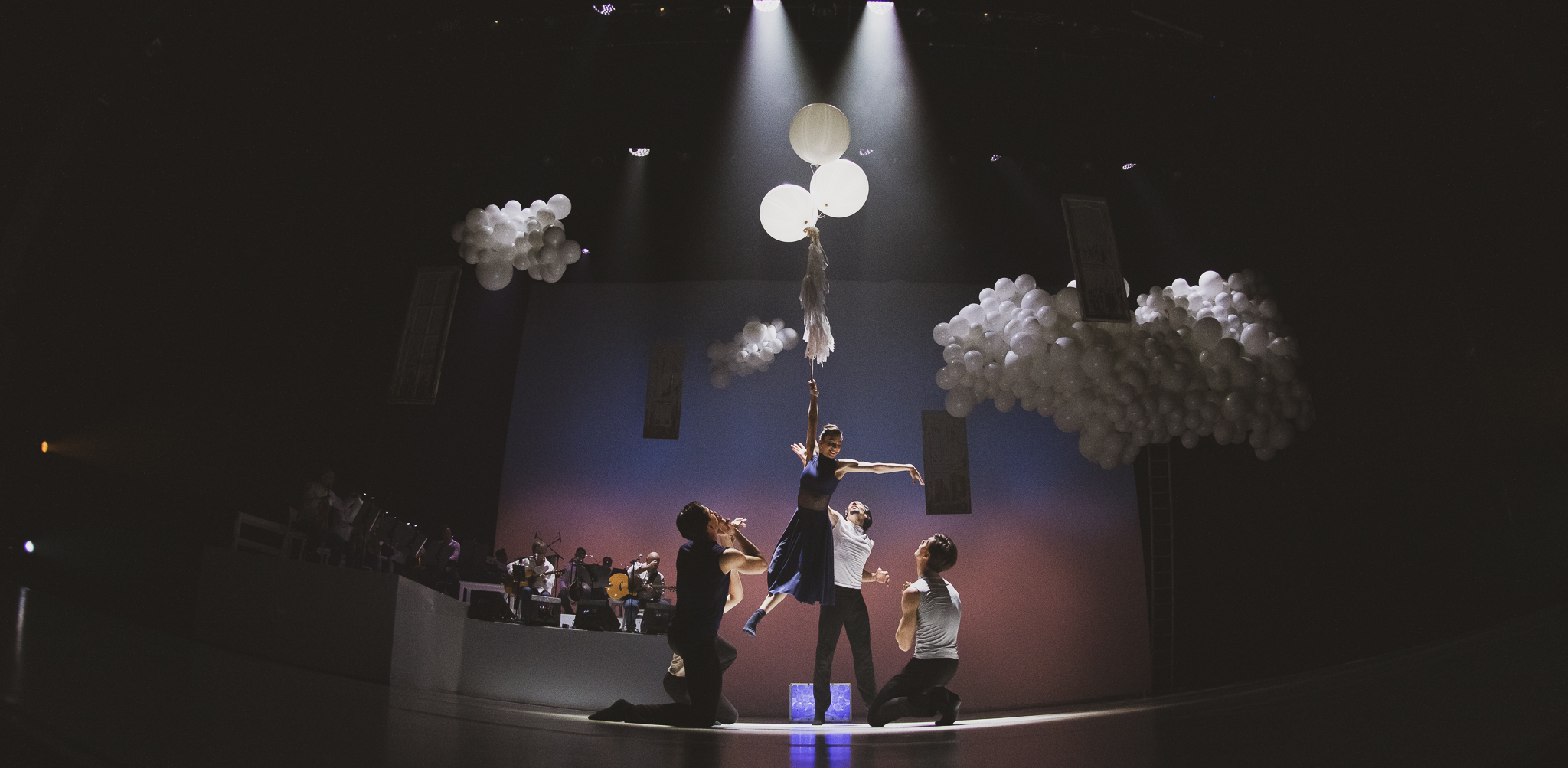
One way to heaven. Photo by Ambrus László
But how did Győr become one of the most important centers of dance in Hungary?
It was a milestone in Hungarian dance life, in the history of Hungarian dance, and in the cultural history of the city of Győr, when in 1979, the graduating class of the Hungarian State Ballet Institute decided to stay together and form a company. Iván Markó, who had left Maurice Béjart’s world-famous company, was recruited for this cause. Iván Markó came to Győr and became the director of the ensemble.
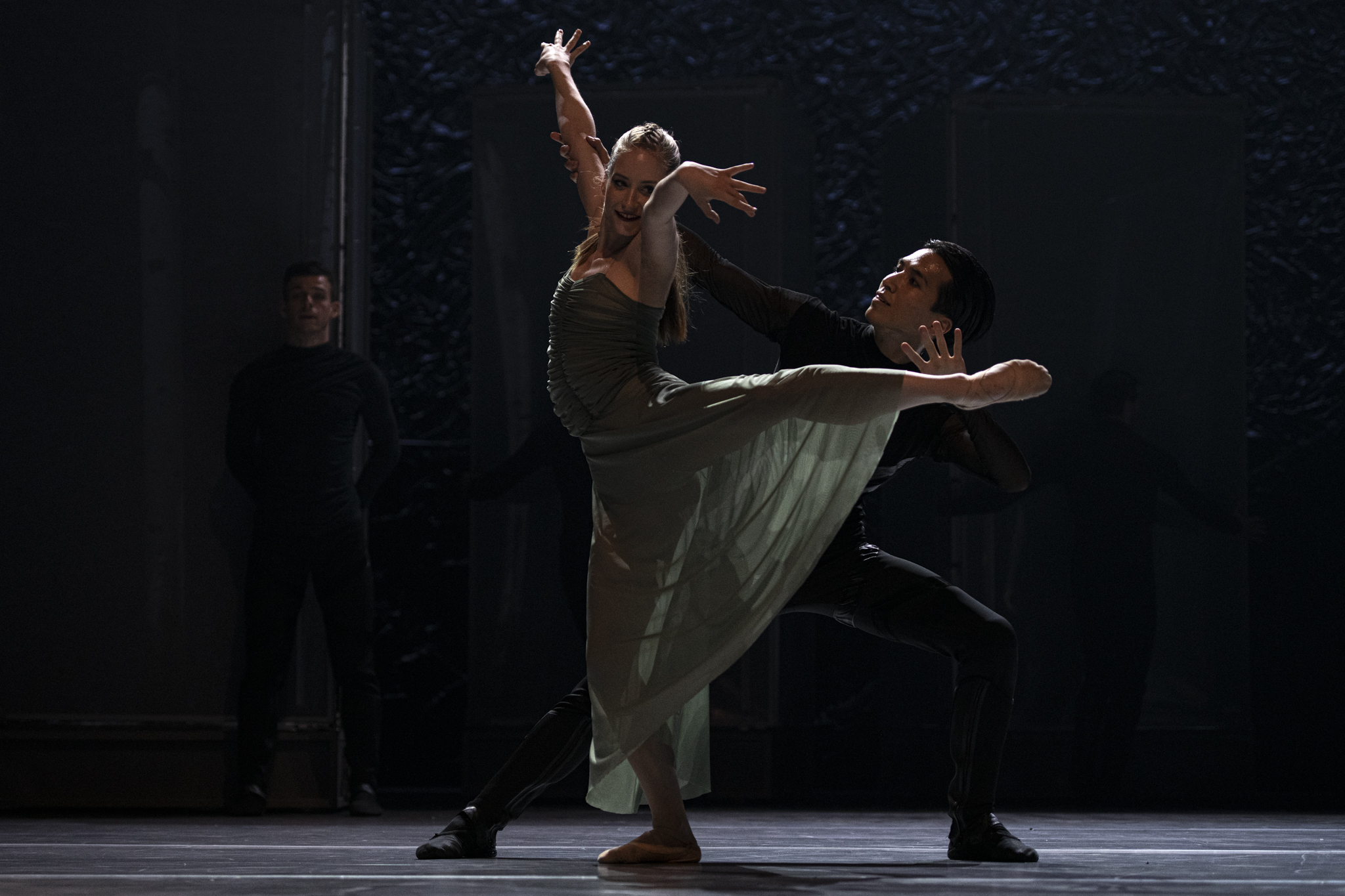
GisL. Photo by László Ambrus
In 1991, after the departure of the founding director, János Kiss took over the leadership of the ensemble, and a new era in the history of the Győr Ballet began. Even after the change of the artistic director, the ensemble managed to renew itself, increase the artistic level year after year, and offer its audience a better and better level. In the past two and a half decades, the persistent artistic work of the ensemble has been crowned by new successes.
In past seasons, the ensemble has worked with renowned choreographers such as Robert North, Ben Van Cauwenbergh, Christopher Bruce, Cayetano Soto, Gyula Harangozó Jr, András Lukács, Leo Mujic, Gustavo Ramirez Sansano, and György Vámos.
With the appointment of the former solo dancer László Velekei as artistic director, a new era has begun in the work of the ensemble. László Velekei, who devoted himself entirely to choreography after ending his dance career, introduced himself as a successful choreographer; his works – such as the shorter pieces: Romance to compositions by Zoltán Kodály, or A Refugee from Warsaw (both created in 2017), and also his full-length ballets in contemporary dance language – including The Scarlet Letter (also in 2017, based on the novel by Nathaniel Hawthorne) or Anna Karenina (2019) as well as GisL (2020, designed after the romantic classic Giselle to music by Félix Lajkó), were performed increasingly more often, especially in Hungary but also abroad. In 2020, after László Velekei, the third director of the Győr Ballet was János Kiss, who remained associated with the company as a consultant.
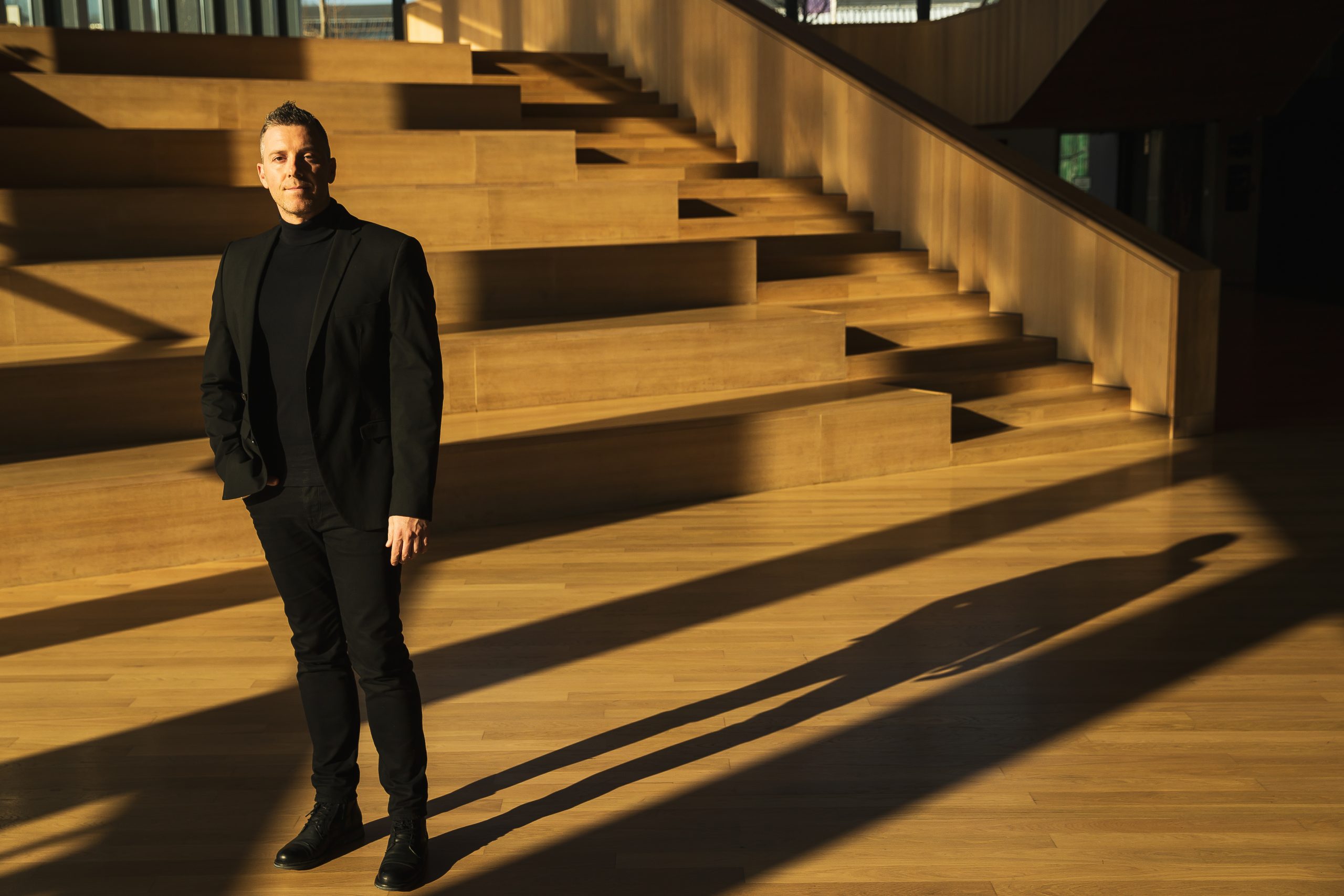
László Velekei. Photo by Árpád Kurucz
How do you remember the start of dance in your life? Where and when did you start dancing? As a child you studied folk and ballroom dancing- how then did you get into ballet?
I have been dancing for as long as I can remember. In kindergarten, I was taught folk dancing and I was immediately infected with the love of dancing. My parents were dance enthusiasts, they founded a dance club themselves and I was always there in my free time. One day I found myself really liking this milieu and that made me happy. Then, when my parents took me to competitions and I kept having successes, it somehow became part of my life. At the time, I had no idea how much I would learn from dancing that I would later put to good use as an adult.
In 1996 you were one of the founding members of the Hungarian Ballet Festival, which began its activities under the direction of Iván Markó. How did you feel there as a young artist? What was it like to work with Iván Markó?
It was a great honor to be chosen by Iván among so many dancers, because he said, “I am very similar to your teenage self.” I learned a lot, not only about the profession but also about dance as a vocation itself.
You have been a member of the Győr Ballet since 1997. What was it like to return to your home landscape, the Little Hungarian Plain, the landscape area around Győr, and to Győr itself? How were you received and how quickly did you fit into the team? You tried your hand at almost every role in the ensemble over the years. You have been a member of the dance company, soloist, artistic assistant, rehearsal director, choreographer, artistic director, and, from 2020, ballet director. How did you experience these changes?
Honestly, I came to the Győr Ballet by chance, then the Győr feeling grabbed me, and now I have been here for 25 years. Yes, I have had the opportunity to try my hand at many roles, but they were not my own ambitions. Life just led me in that direction. In retrospect, every trial, every phase of my life was good for me to be able to be strong in my current life. I was a dance artist to learn the language as a choreographer, I was a designer to get the skill of how to deal with people, and I became a director to be able to direct one day. Changes are a part of our life, they inspire me and give my present life its multicolor.
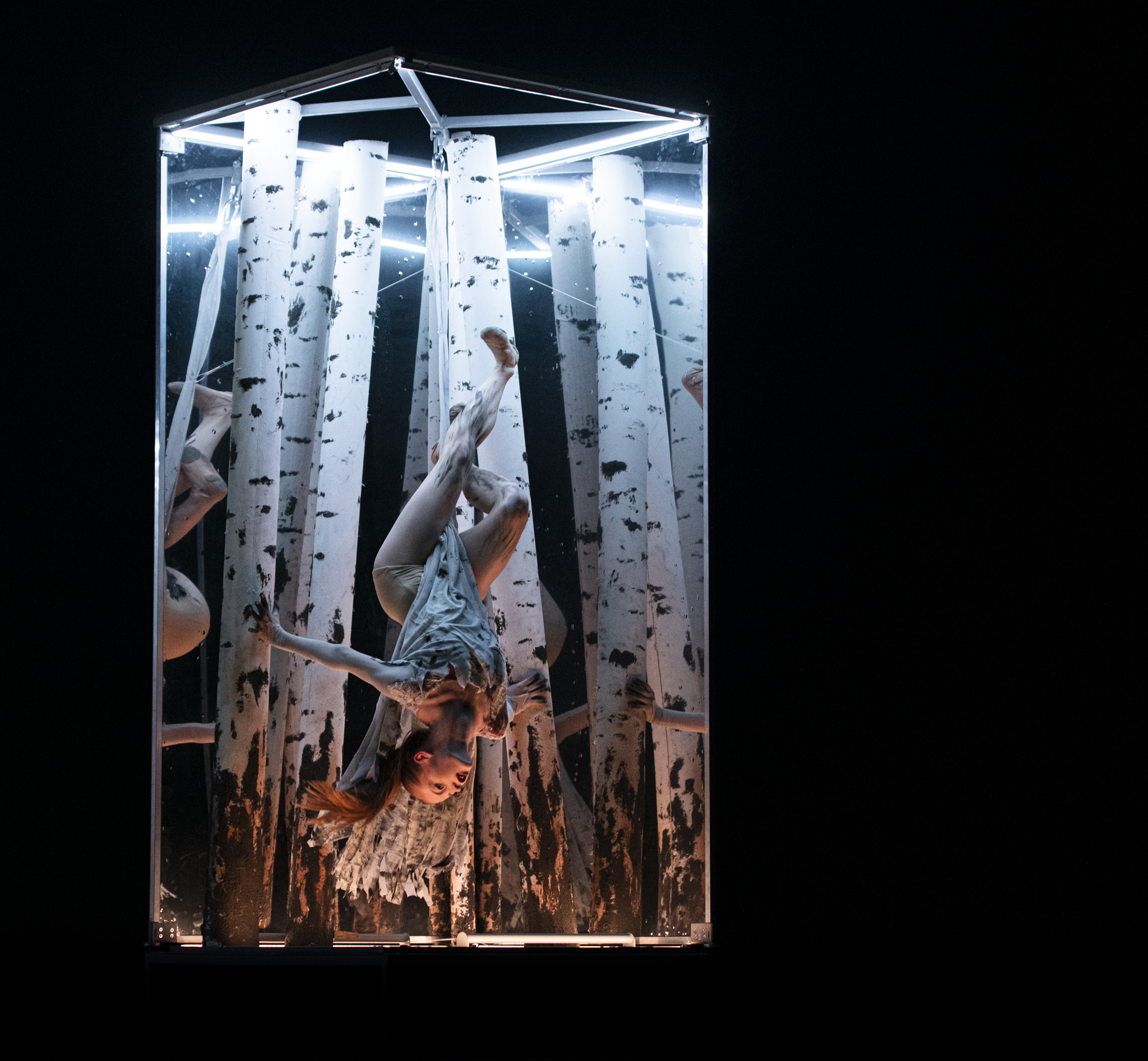
GisL. Photo by László Ambrus
What have been the most memorable and beautiful moments and pieces of your work so far? As a dancer, choreographer, and director?
That is hard to put into words. I believe that the journey itself is always important. It is the vocation (the dance) itself that gives me a special life, I would not want to trade a single minute of it, even if sometimes I feel like I have already lived a hundred years.
In addition to your work as ballet director, you continue to choreograph and bring many new pieces to the stage. To name a few: Don’t hurt, The Scarlet Letter, Anna Karenina, Mimi, GisL, and this year’s One Way to Heaven. How do you get inspired and gather new ideas? How do you create new choreography?
Creating is part of my personality, my brain exists in three worlds at the same time. Maybe it is my childish self that inspires me in this direction, and of course, traveling. Every choreography starts with a vision that opens new doors for me and opens a new world where I am just an adventurer. Ultimately, the question is whether I believe in that vision. If I do, I will be able to do it.
Since you were elected director, dance lovers are offered more and more novelties, in addition to the classics. It is especially stimulating to stage pieces that appeal to the young and the youngest. The “Tánci-Tánci” (Theater for Babies) program was launched, and this year the Children’s Dance Festival will be held for the seventh time as part of the Hungarian Dance Festival. How are these programs received?
All our programs for children and young people are a great success and generate a lot of interest. In my opinion, our art plays an important role in society. And as a father, I can tell you that the most responsible and uplifting thing is to introduce children to art, to get them excited about art. Each of our children’s events is a happiness bomb for us.
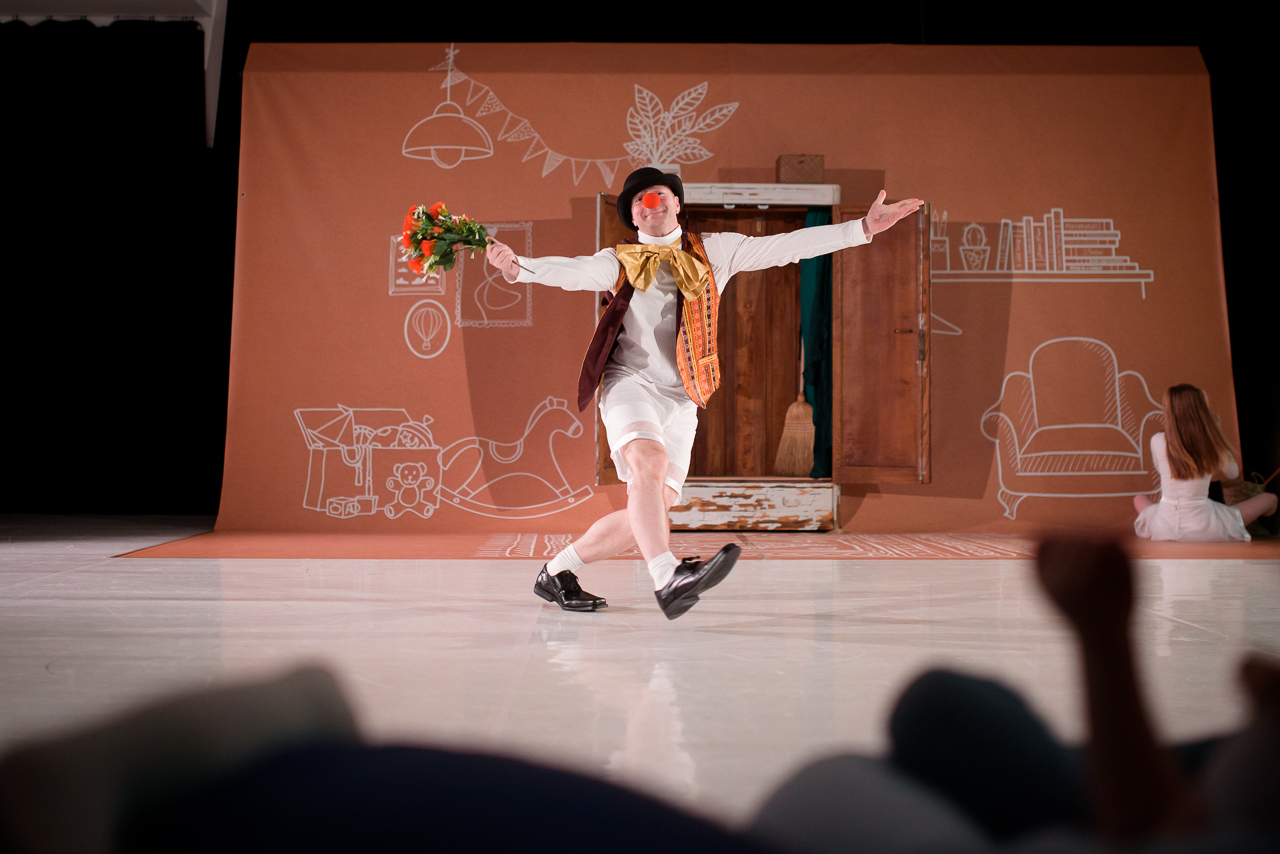
Masquerade ball. Photo by Sándor Orosz
I can imagine that you are all very excited about the upcoming Hungarian Dance Festival in Győr, which has been a popular event for very many people for many years. What kind of programs and surprises are you preparing this year? Are you thinking about the little ones this year as well?
Yes, we are in the final stage of organizing the festival with six venues for our audience. I am proud of the Hungarian dance culture because we can offer a very colorful palette and everyone can find their favorite event that suits them, whether it is a production for children, or young people, in contemporary or more conservative form.
Is it possible to know something about your upcoming plans and the new season?
In the 2022-23 season, we will perform Peer Gynt, The Four Seasons, and Miss Julie (based on the work by August Strindberg). But our Stravinsky/Mimi evening, Anna Karenina, GisL, and The Scarlet Letter will also remain in our repertoire. We are launching our Ballet on Monday Evenings event series, where you can see the ballets Antigone, Don’t hurt, and One Step Closer as chamber performances. And for the children, we will perform the pieces Max and Moritz and Masquerade ball.
More details about the program can be found here.
Source: Győri Balett/Győr Ballet
Featured image via the Facebook page of Győri Balett/Győr Ballet